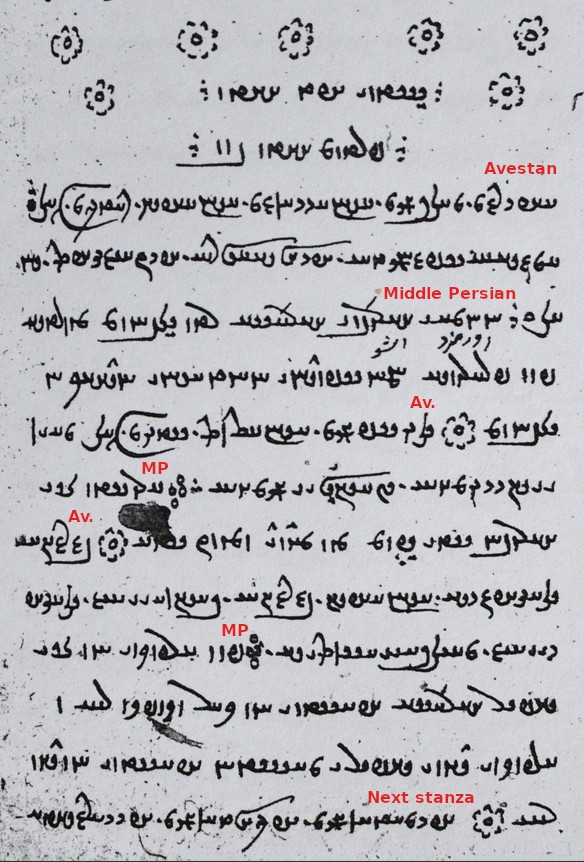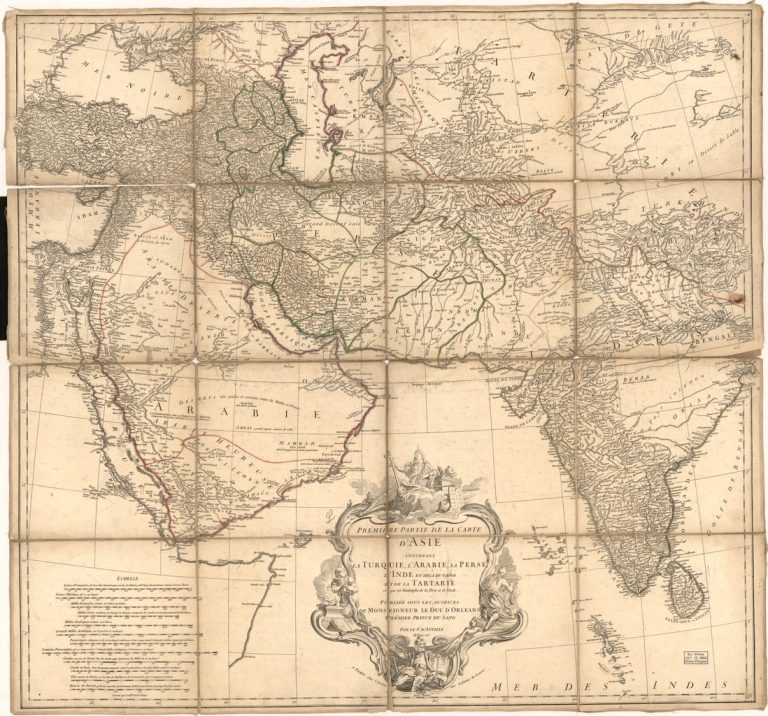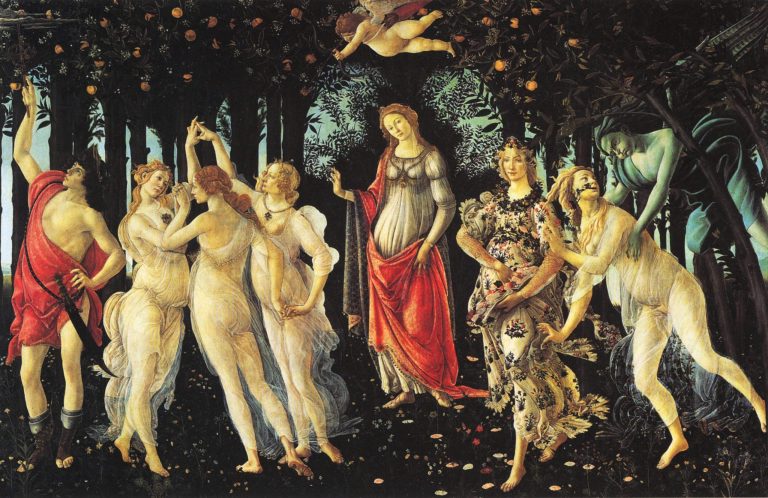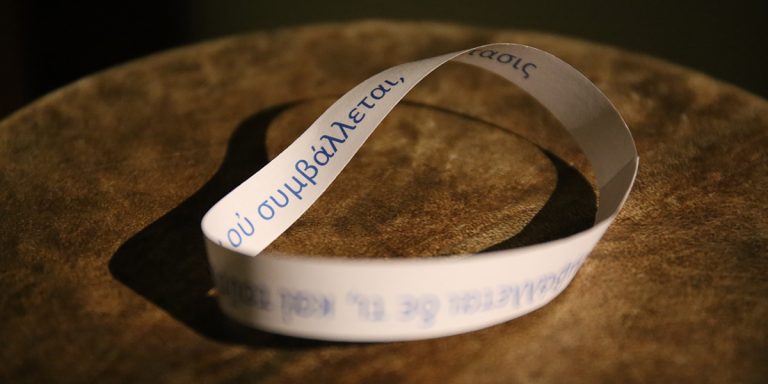
-
Updating Roman Jakobson’s ‘Poetic Function’ with Vector Semantics
Read more: Updating Roman Jakobson’s ‘Poetic Function’ with Vector SemanticsKurzynski discusses how poetry extends beyond sound and rhythm and taps into a deeper network of meanings.


Kurzynski discusses how poetry extends beyond sound and rhythm and taps into a deeper network of meanings.

By Kenny Brophy Decades before Instagram, YouTube, TikTok, and Twitter, to be an influencer involved analogue methods, persistence, and very, very hard work. Research over the last few years into the eccentric Glasgow-based amateur archaeologist, antiquarian and insurance broker, Ludovic…

By Sara Peterson In recent years, the cultivation of opium poppies in Afghanistan has become a news item, with reports from the United Nations and the United States Government documenting record highs (no pun intended) in opium production. Now we…

The oldest layers of the surviving Zoroastrian texts are in Avestan language and commonly dated to the middle of the second millennium BCE. Exact dates and circumstances of composition, however, remain uncertain, so that little is known about the socio-political context from which these texts emerged. After two millennia of oral transmission, the texts were finally committed to writing, at a time when the language must have no longer been in active use.

Read the blog post to find out more about writing the newly published book Remapping Persian Literary History, 1700-1900 by Kevin L. Schwartz. Remembering Iran, Forgetting the Persianate There was a time – roughly from 1000 to 1850 – when…

Take a peek at the book extract from the recently published Lucretius II: An Ethics of Motion by Thomas Nail. How can the fear of death lead us to unethical action? In his didactic poem De Rerum Natura, Lucretius tell…

Even as strides toward gender equality have been made in the last century, the notion that gender is a binary divided between those who determine the social world – men – and those who need to be determined – women…

Thomas Nail writes about Venus as the desire of gods and men in Lucretius' De Rerum Natura. She is not only the external object of desire of the other gods and of men; she is the desire itself.

by Jan P. Stronk Perspectives on Persia During most of the Archaic down to the Hellenistic Eras, Persia and/or the Persians have had an appeal to the Greeks. Certainly during the Archaic Period, the Greek judgement regarding the Persians was…